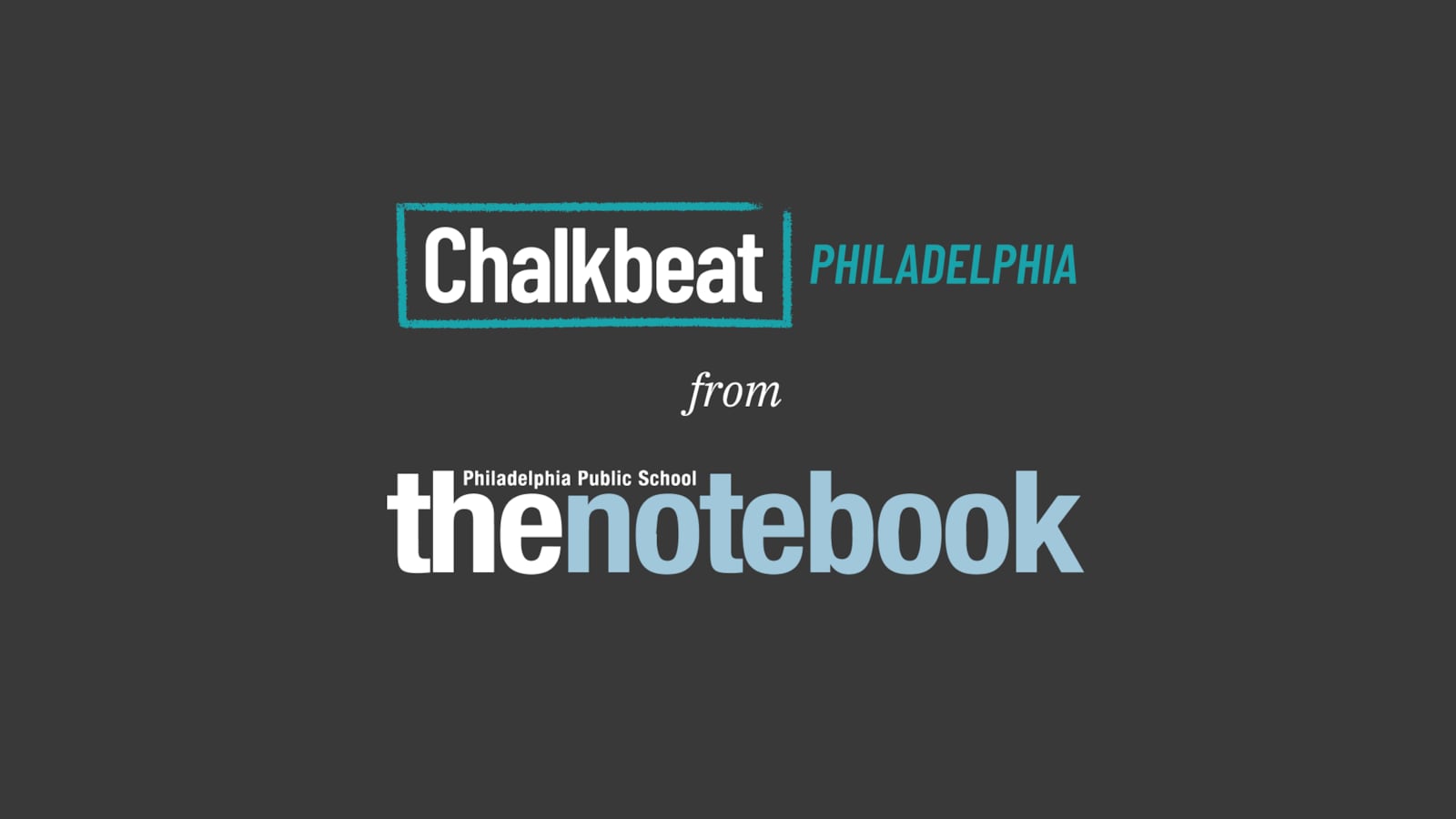This article was originally published in The Notebook. In August 2020, The Notebook became Chalkbeat Philadelphia.
Philadelphia finds itself once again near the bottom among big cities in scores on the 2017 National Assessment of Educational Progress tests.
The tests are given every two years to selected samples of 4th and 8th graders to gauge students’ reading and math achievement nationwide. Results of the NAEP are sometimes called the “nation’s report card,” because the test provides the only standard assessment across the country and allows for international comparisons as well.
Overall, the NAEP scores this year were mostly flat, continuing a trend from 2015 after two decades of slow but steady improvement. But achievement gaps are growing, with top-performing students doing even better and struggling students falling further behind.
The results are reported for each state, and 27 large districts, including Philadelphia, allow their scores to be broken out separately through the Trial Urban District Assessment, referred to as TUDA. The student samples come from traditional, charter, and private schools.
The results for both Philadelphia and Pennsylvania show wide achievement gaps between white and Asian and black and Hispanic students that have gotten bigger since two years ago, the previous time that the test was administered.
And although big cities as a whole showed slightly higher gains than the nation overall, Philadelphia did not appear to contribute to that improvement. For instance, in 4th-grade math, nationally 79 percent scored at or above basic, while the big city tally was 71 percent. In Philadelphia, the number is 49 percent — which is down from 54 percent in 2015.
And the white-black score gap in 4th-grade math grew starkly — from 23 to 37 percentile points. The white-Hispanic gap grew from 24 to 37 percentile points.
In 8th-grade math, the differences between Philadelphia and the TUDA districts as a whole were less stark but still statistically significant. Nationally, 69 percent of students tested at the basic level and above, compared to 61 percent in big cities and 45 percent in Philadelphia, a decline from 53 percent basic or better in 2015.
The 8th-grade gap also widened, though not as much — from 25 to 29 points between whites and blacks and 23 to 26 points between blacks and Hispanics.
In reading, the gaps are also large, and growing. In 4th grade, test results for African American students in Philadelphia were back at the level they were in 2009, after the scores had risen in the interim, while white students’ scores increased.
District officials issued a statement in response to the NAEP results: “Across our Philadelphia public schools, we continue to build up our educational supports after years of statewide budget cuts. In recent years, we have made large investments for pre-K to 3rd-grade students in order to improve early literacy and math competency. We hope to see the results of these investments as those students continue their education in our District. This is why it is important to maintain focus on our youngest learners in order to improve, just as we have seen progress in our state assessments.”
On those state assessments, called the Pennsylvania System of School Assessment (PSSA), Philadelphia has shown slight improvement, with the biggest gains shown for the 2017 test in 3rd-grade reading, from 30 to 35 percent.
The 2017 NAEP tests were administered via tablet for the first time, rather than using paper and pencil.

